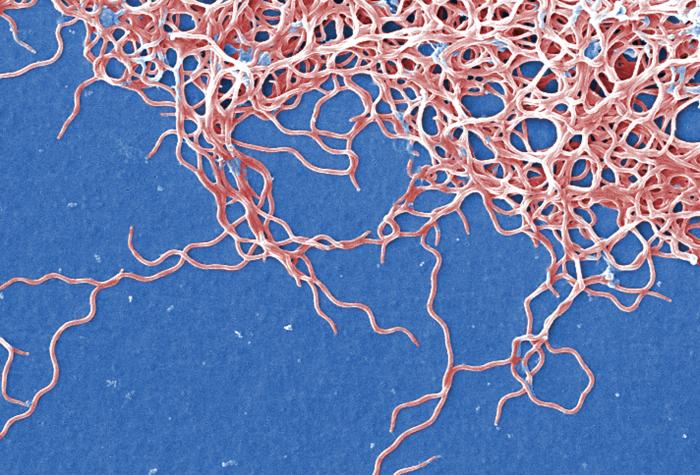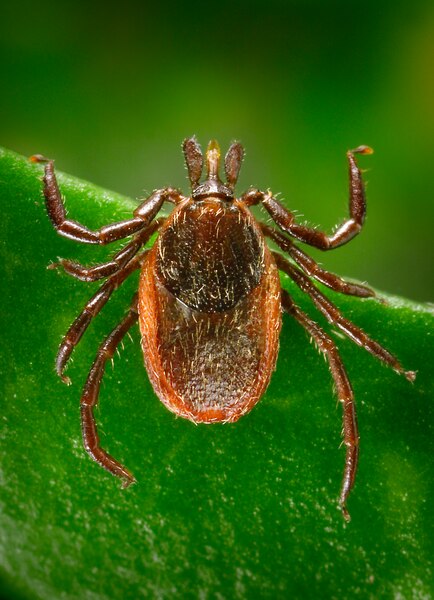Table of Contents
Group 2
Lizards and Lyme disease risk
Wiki site of the practical exercise of the III Southern-Summer School on Mathematical Biology.
Here you will find the exercise assignment and the group's products.
If you are a group member login to edit this page, create new pages from it, and upload files.
Final Presentation
Group
- Carvalho, Rodrigo Mazzei; Federal University of Bahia, Biology Institute, Brazil
- Castro, Danielle; University of São Paulo, School of Public Health, Brazil
- Erazo, Diana; BIOMAC, Universidad de los Andes, Colombia
- Gaiarsa, Marilia Palumbo; University of São Paulo, Ecology Department, Brazil
- Prist, Paula Ribeiro; University of São Paulo, Ecology Department, Brazil
- Rodriguez Carrillo, Luisa Fernanda; National University of Colombia, Mathematics Dept., Colombia
Assistants
- Bruno Pace
- Renato Coutinho
Assignment
Lyme disease is caused by the bacteria Borrelia burgdorferi and can be transmitted to humans trough the bites of ticks. It is an important public health issue in the US, where it is the most common vector-borne disease. Other vertebrate hosts can be infected and act as reservoirs. Host species differ in their host competence, which is the ability to sustain the population of ticks. There is also variation among species in the reservoir competence, which is the ability of an infected host to infect a tick.
 The lizard Sceloporus occidentalis is by far the most competent host of the tick Ixodes pacificus in the western US. Nevertheless, the lizard has a very low reservoir competence, as it has highly effective immune defenses against Borrelia burgdorferi. Therefore, S. occidentalis can act as an important barrier to the transmission of Lyme disease in the region. Oddly enough, an experimental removal of lizards did not increase the tick infection prevalence, nor was there a marked increase in the tick load on alternative hosts 1).
The lizard Sceloporus occidentalis is by far the most competent host of the tick Ixodes pacificus in the western US. Nevertheless, the lizard has a very low reservoir competence, as it has highly effective immune defenses against Borrelia burgdorferi. Therefore, S. occidentalis can act as an important barrier to the transmission of Lyme disease in the region. Oddly enough, an experimental removal of lizards did not increase the tick infection prevalence, nor was there a marked increase in the tick load on alternative hosts 1).
Questions
Can a mathematical model for Lyme disease transmission help understand the experimental result described above? What else such a model can predict about:
- infection risk to humans?
- host assemblages and Lyme disease prevalence in humans and reservoirs?
- management of reservoir populations to decrease the risk of infection?
Further well-grounded insights are welcome.
Hints
- There is a huge scientific literature on Lyme disease. Before start searching, define clearly the pieces of information you need. A 'What we know / what we need to know' brainstorm by the group is a good start.
- A key point is whether the experiment results reflect a stationary or a transient state.
